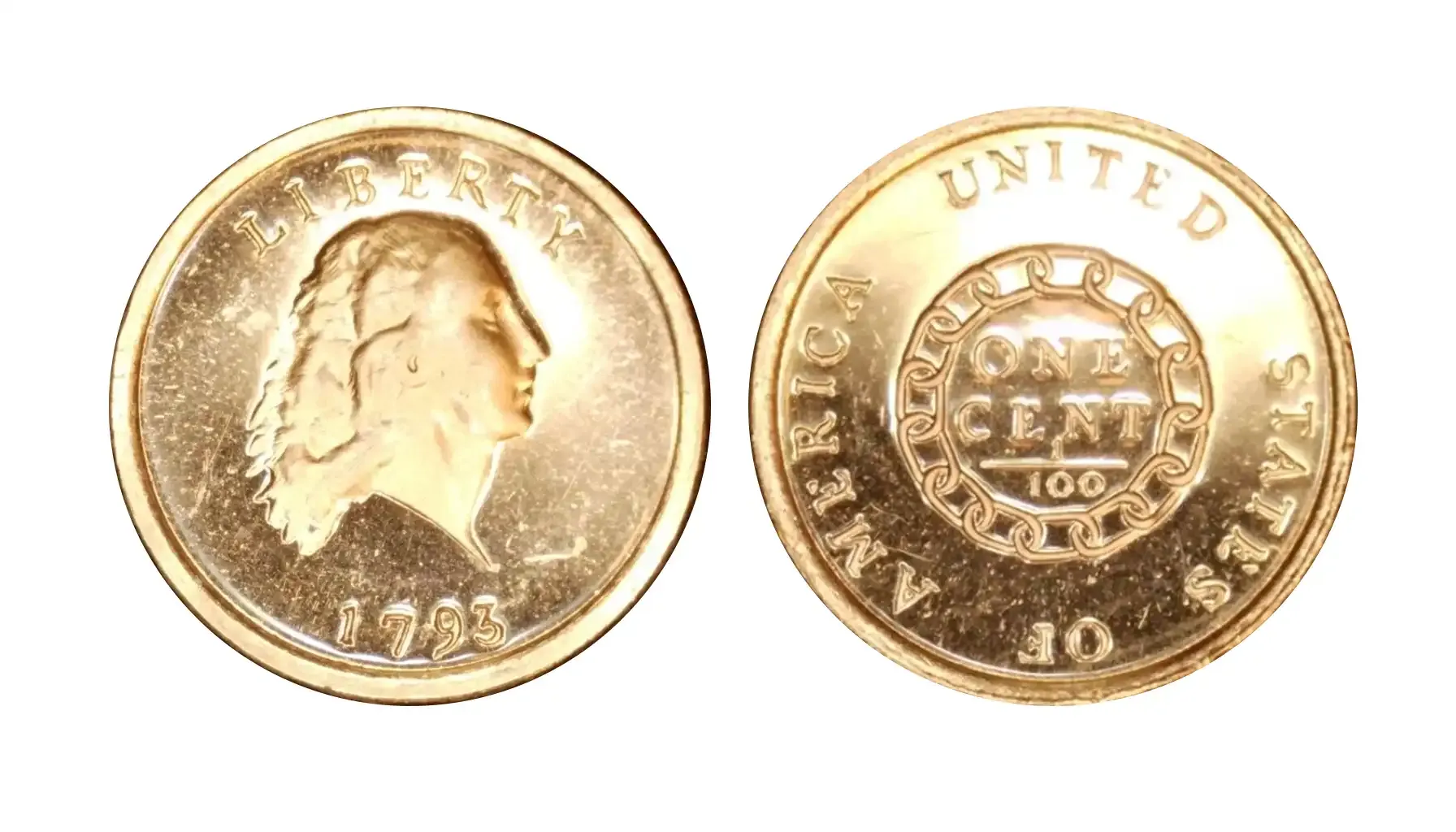Contents:
The numismatic history praises a few prominent examples that might have influenced the whole sphere up to these days of digital (non-classical, for sure) supremacy. Back then, in Ancient Greece, there appeared tetradrachms, i.e., coins that managed to become a “standard of Antiquity” and a foundation for other trading objects to emerge.
The Greek silver tetradrachm coin itself is a symbol of Ancient Greece, though its influence expanded on the surrounding areas as well. So, what is a tetradrachm, and how valuable might this old coin be today? Let us briefly cover the main characteristics of this significant historical attribute and learn more about the peculiar representatives of this coin group.
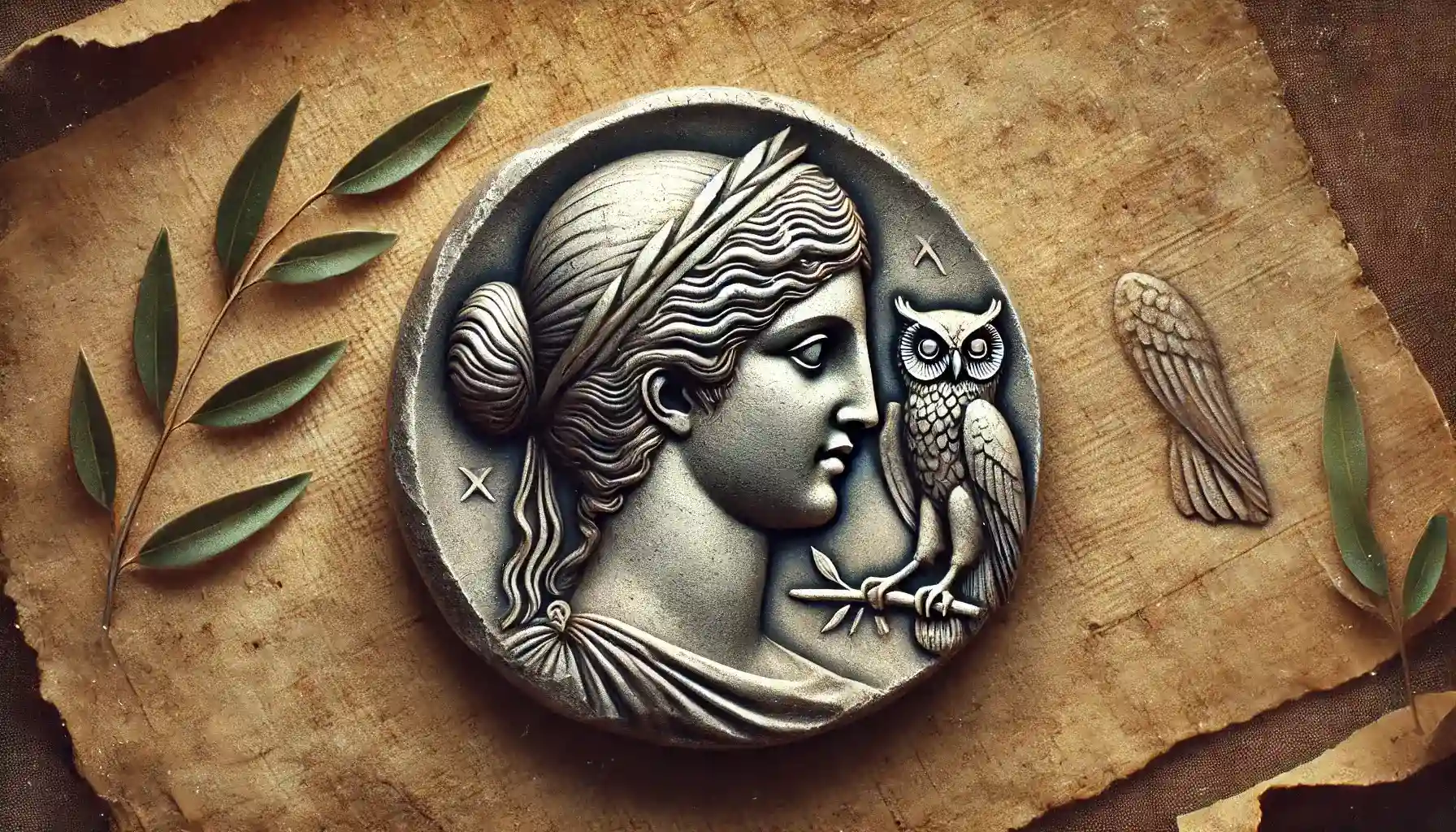
A Bit of its History: The Origin of the Tetradrachm
In essence, a tetradrachm is one of the most iconic and prominent examples of coins that appeared and developed during the renaissance of the Classical Age. The earliest instance of a silver tetradrachm coin dates back to the 6th century BCE, when Greek states required a united, more generalized currency system to make commercial relations more stable and easier to maintain.
Affected by the earlier precious-metal coinage systems (i.e., in Lydia and Persia), there appeared the tetradrachm which literally means “four drachmas” with the latter representing another (yet small) currency unit in Ancient Greece. The first coin was presumably minted in Athens with an owl, i.e., the symbol of wisdom and Athena, on it. Hence, this was originally known as Athenian owl tetradrachm, an indicative historical element of the state and the whole region.
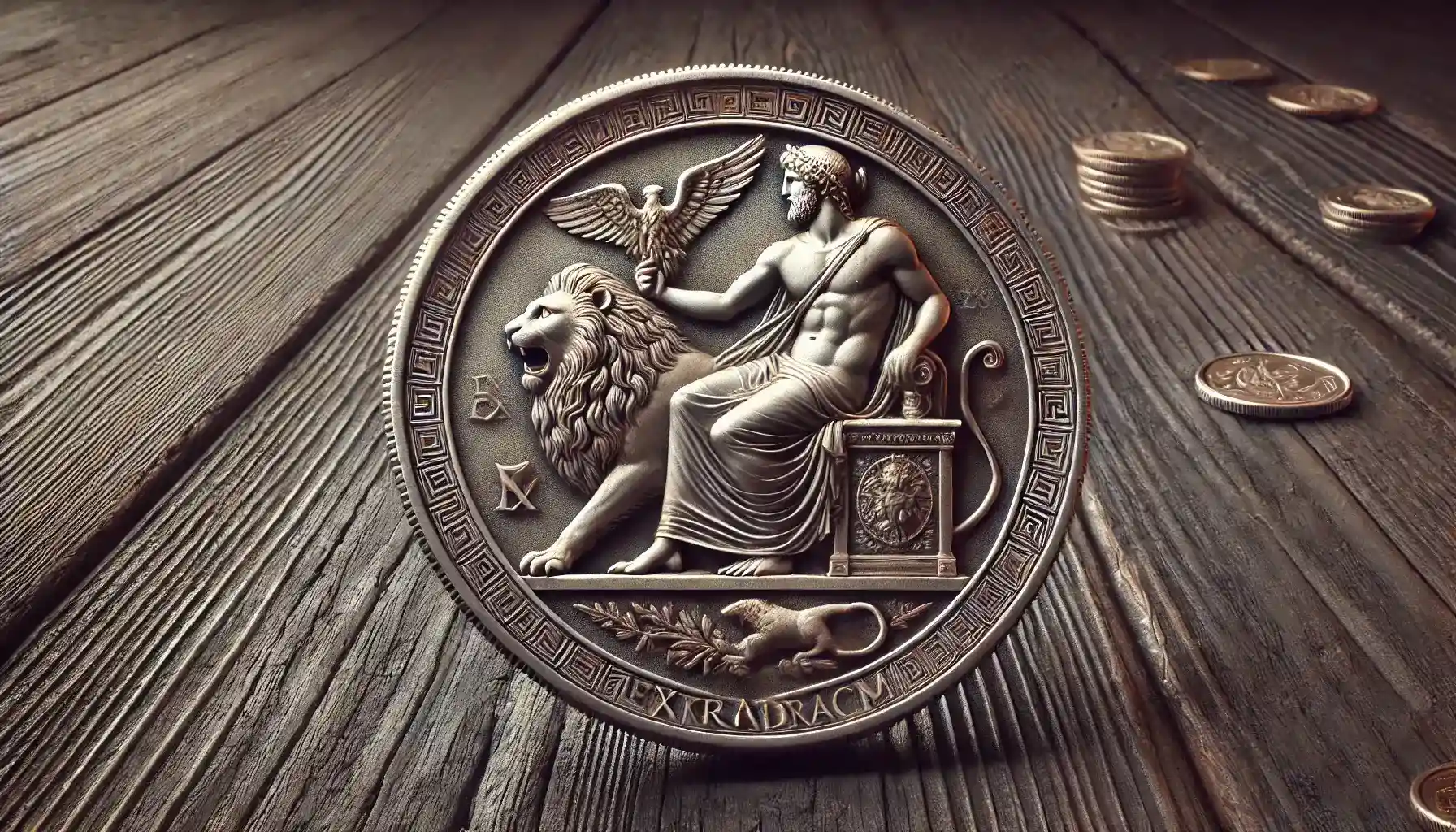
Initially, since a tetradrachm coin value was higher than that of an ordinary tetradrachm, it became a widely used currency in terms of large-scale trading on the territories subject to Hellenistic influence. These numismatic creations were indeed valuable (which is obvious), though their aesthetic appeal was also an indispensable part of the coins. This is why each state strived to produce the most exquisite tetradrachm with prominent illustrations and hidden meaning inside.
Characteristics of Tetradrachms
Although the nature of tetradrachm could have been different due to the various places of origin and cultural backgrounds, these represented a golden (silver, in fact) standard of coin mintage in Ancient Greece. They all were to be minted following the same patterns so as to establish a unified system in the end. Here is a generalized description of this type (mainly, on the example of the Athenian Tetradrachm):
Weight | 17.2 grams (as a standard) |
Composition | 24 to 27 mm |
Edge | Smooth |
Mintmark | The early instances did not have any mintmarks, though those of a later origin might incorporate symbols/letters appealing to the region of mintage, authorities, etc. |
Composition | Pure silver (95-98%) |
Obverse | Each state featured different designs. The Athenian Tetradrachm was known for the profile of Athena in a helmet (a symbol and a protector of the city). |
Reverse | Another side of the coin should have displayed something associated with the contents of the obverse (e.g., a symbol, deity, or a ruler). For instance, the Athenian Tetradrachm showcased an owl, an olive branch, and an inscription “AOE”, which means “of the Athenians”. |
By the way, if you wish to learn more about the Athenian coin, find its real instances, and even get them for your collection, we recommend that you employ Coin ID Scanner, a fine tool for quick coin identification that serves as a profound numismatic encyclopedia for those who might need assistance 24/7. No more schedules but accurate educational and informational resources with professionals always by your side.
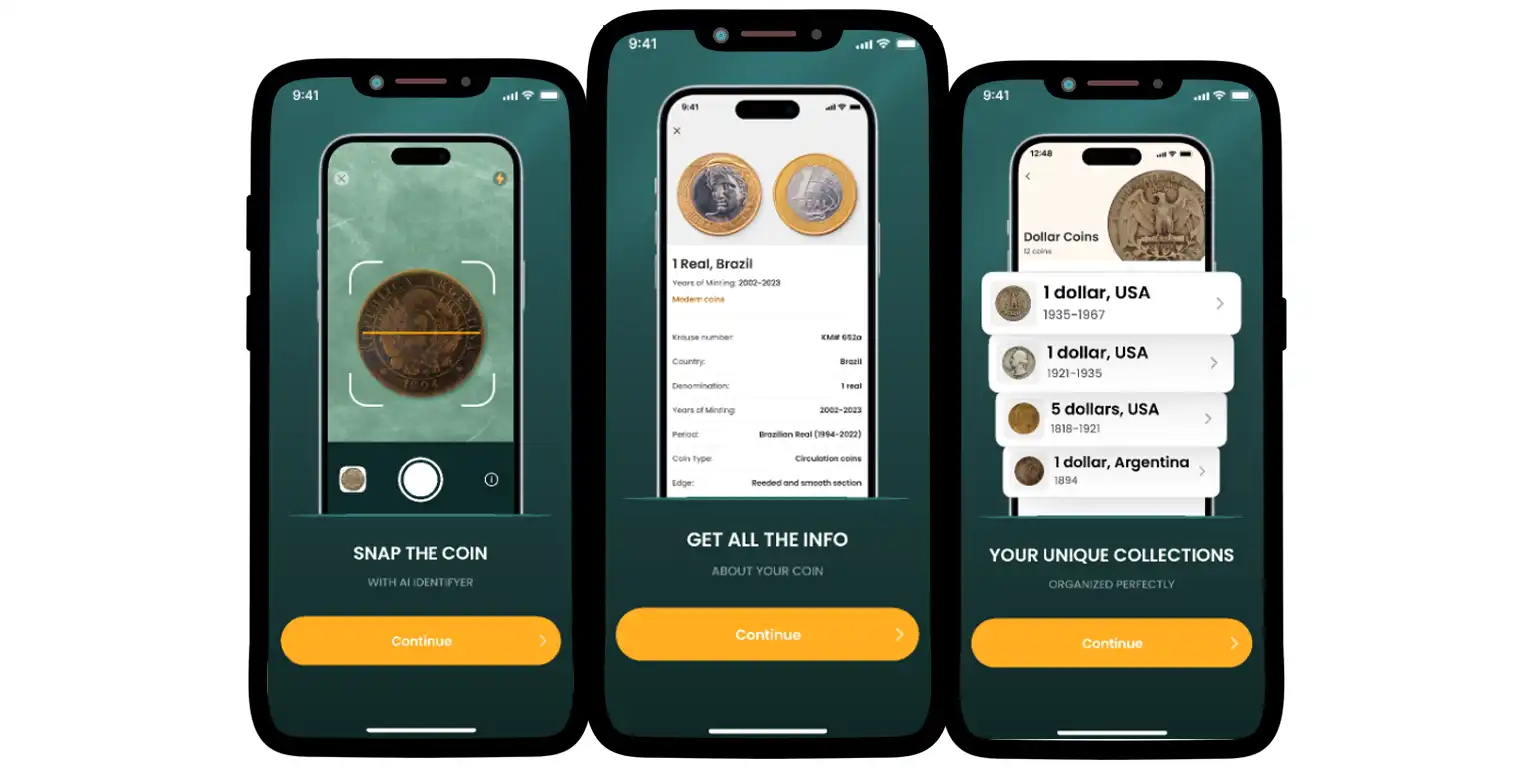
Note: this resource does not provide legal certification of the coins but it may guide you through this process instead. Choose the organization with the help of Coin ID Scanner and rest assured your coins are in the right hands.
The Most Prominent Samples of Tetradrachms
Apart from the Athenian “Owl” tetradrachm, which is the first and the most symbolic coin of Ancient Greece, other states also had an opportunity to design and produce notable coins, some of which have survived to this day. What do they look like then? And what is the tetradrachm value type by type?
Ancient Greek Thrace Tetradrachm of Alexander the Great Mesembria
Estimated Value: $300
The tetradrachm minted in celebration of Alexander the Great is probably the second most renowned and widely circulated coin that originated in Ancient Greece. Thanks to his conquests, the influence of Greek culture expanded rapidly on other territories, consequently bringing items like coins and the means of producing them there.
As such, the coin’s obverse depicted a profile of the legendary hero, Heracles, wearing a headdress of the lion’s scalp, and the reverse featured the inscription “ΑΛΕΞΑΝΔΡΟΥ” a figure of Zeus with an eagle and a scepter in his hands.
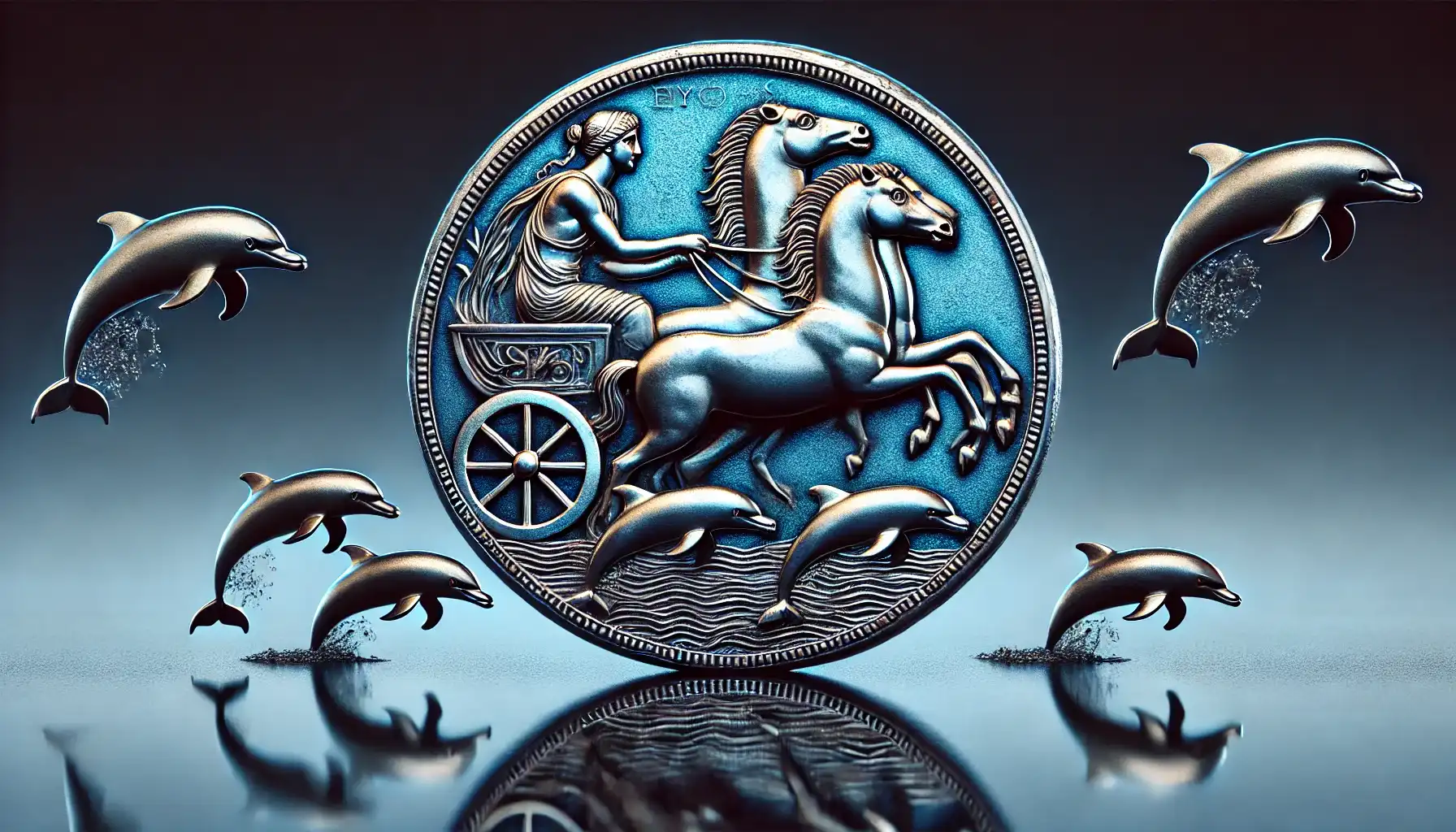
Islands off Caria, Rhodes Silver Tetradrachm
Estimated Value: $4,000
Rhodes, a powerful maritime city-state, minted coins that were widely circulated throughout the ancient Mediterranean, often reflecting the island's naval prowess and cultural significance. The obverse of this coin typically features the head of Helios, while the reverse depicts a fine representation of a rose.
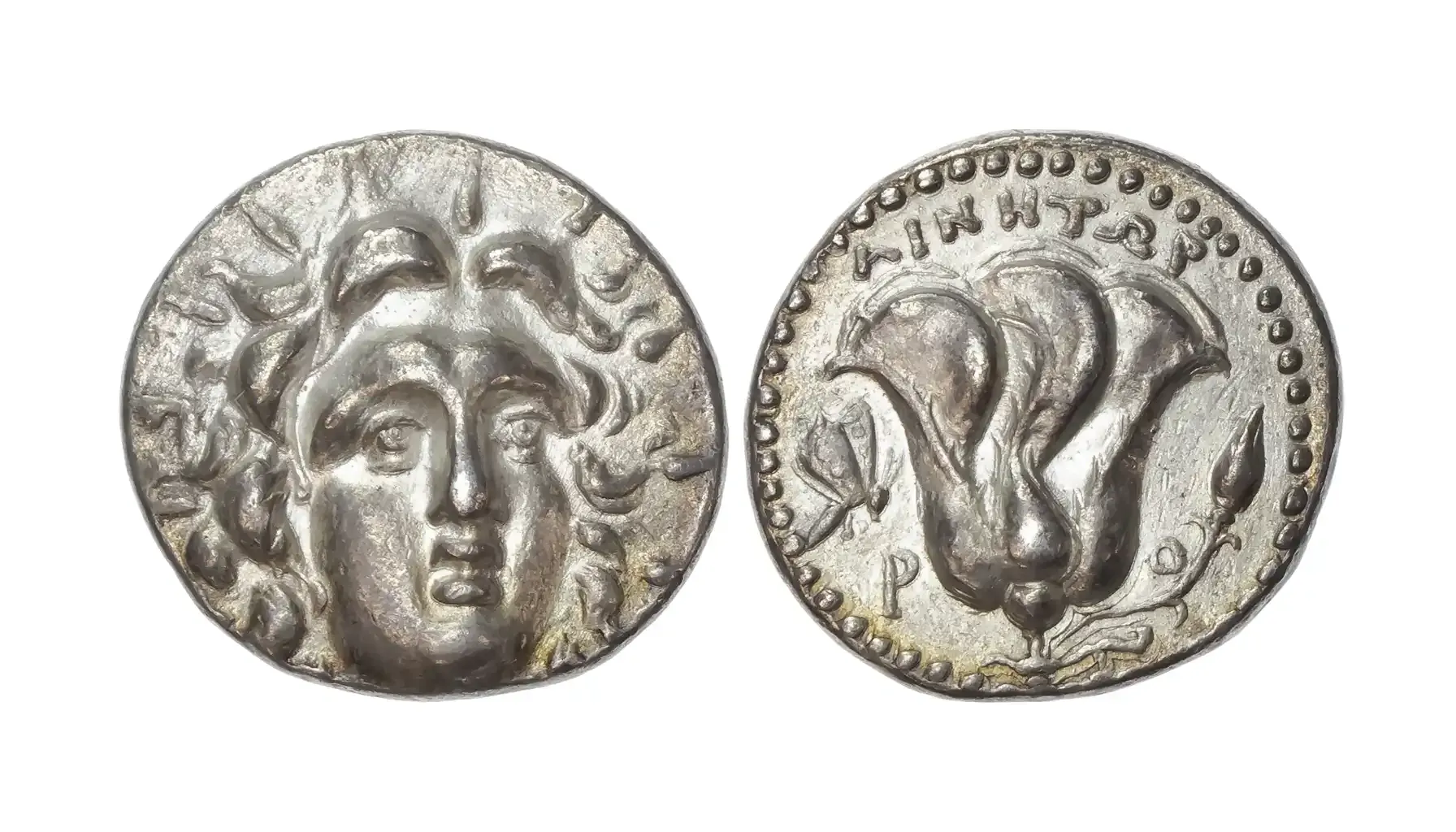
Ancient Sicily, Syracuse Tetradrachm
Estimated Value: $361
Another prominent example of such a coin comes from the city of Syracuse, where they produced truly artistic creations with intricate designs and exceptional aesthetics. In essence, they portrayed the head of Arethusa with dolphins around the nymph on the obverse and a four-horse chariot (i.e., quadriga) in motion with a charioteer or even Nike (i.e., a goddess of victory) at the forefront. Such a delicate depiction of movement in statics.
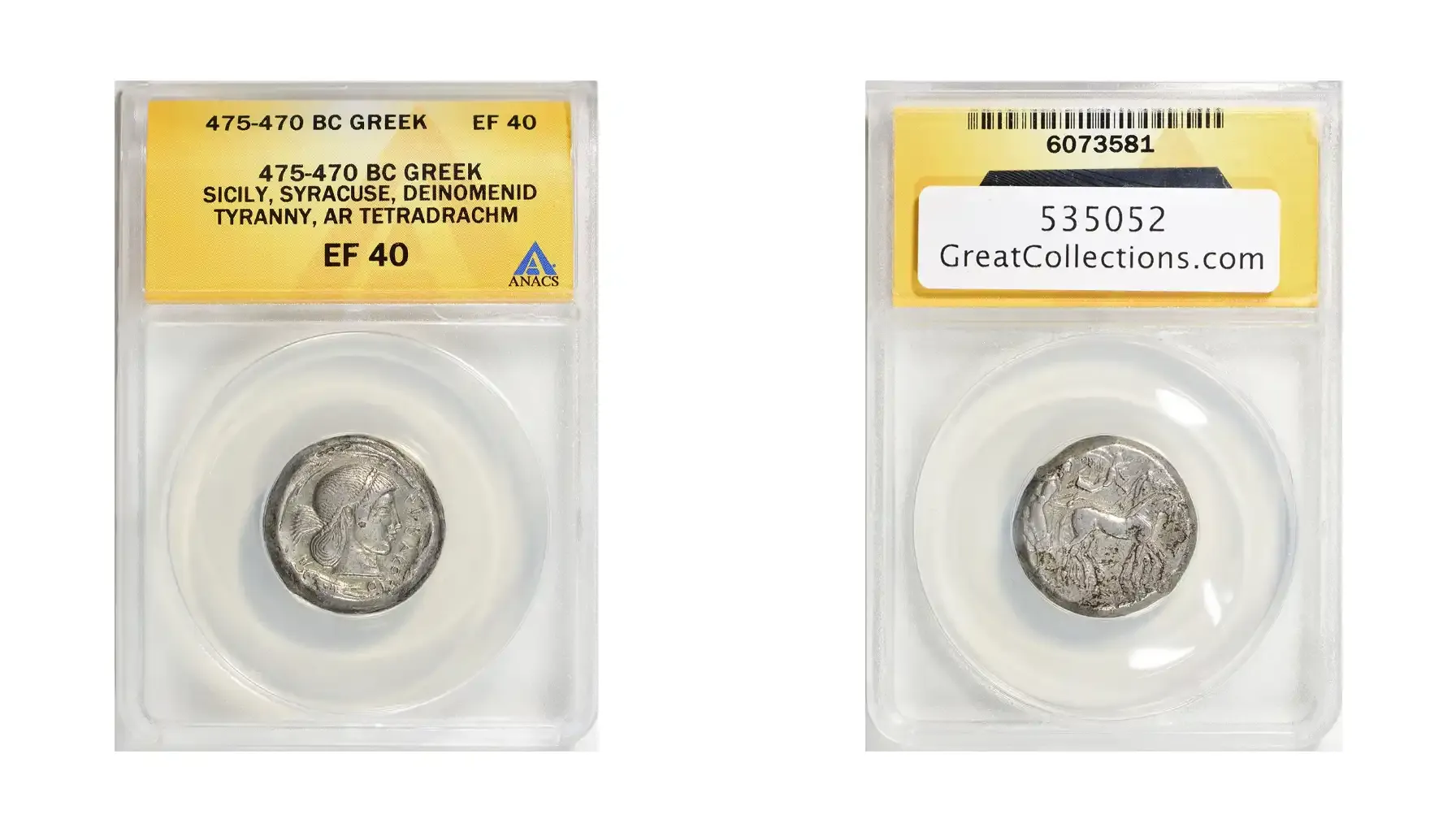
If you think that you have found such a coin, you can use PCGS coin search and grading to understand whether you are right or not. Otherwise, you are free to identify coins by picture with an app.
Ancient Ptolemaic Kingdom Tetradrachm Sidon Mint
Estimated Value: $195
Some tetradrachms for sale originated not in Greece but in places that were controlled by the Hellenistic regime, and Ptolemaic tetradrachm vividly represents such an example. Founded in Egypt by Ptolemy I, one of Alexander’s generals, the Kingdom produced coins that could clearly reflect the well-being and prosperity of the country while being under the control of Greece.
As such, the obverse of the coins displayed profiles of the ruling king with their symbols of power (e.g., a crown), and the reverse featured an eagle on the thunderbolt. The legacy in detail, the power in omnipresence.
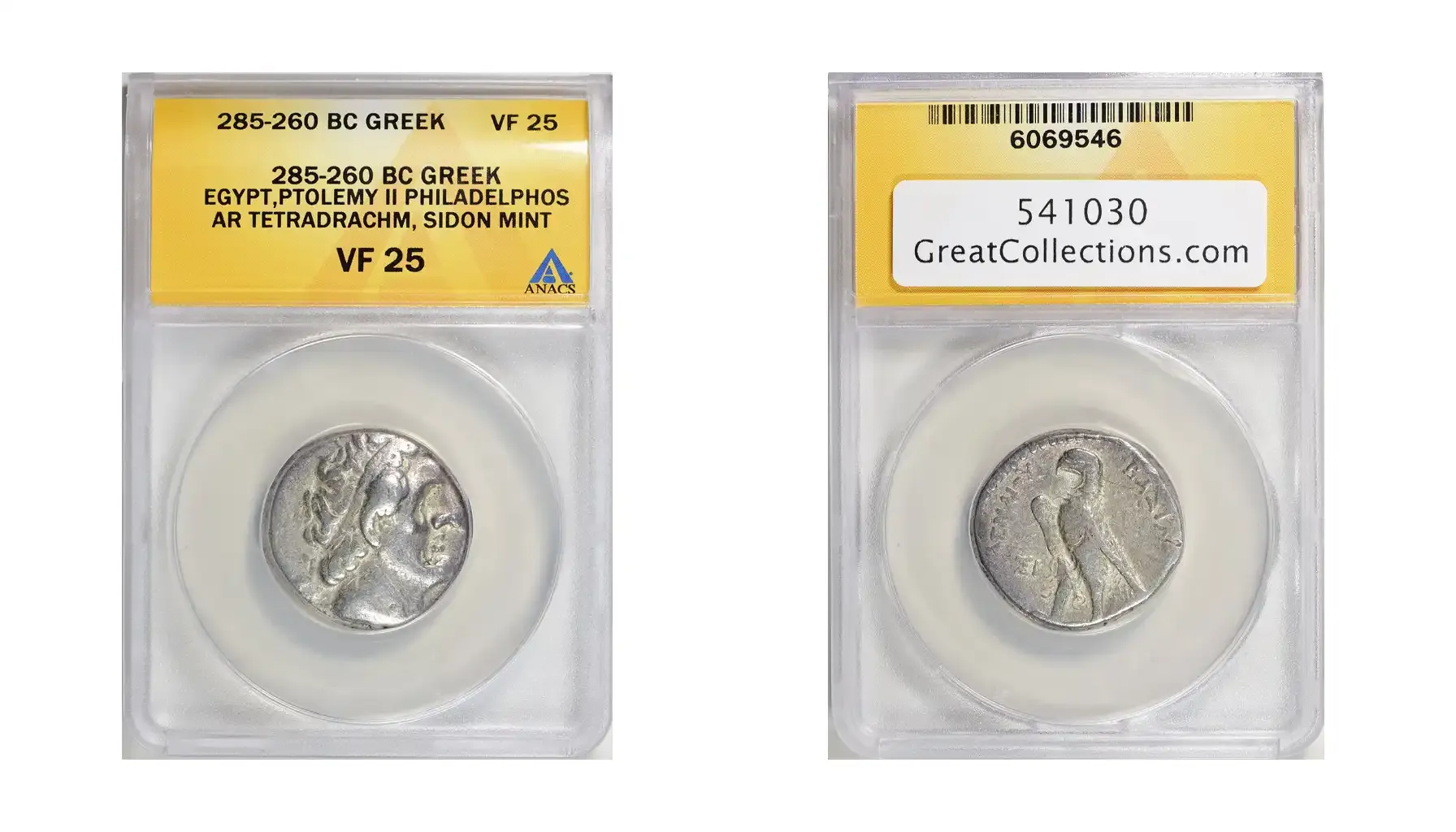
Ancient Greek Syria Seleukid Kings Antiochus VIII Grypos Tetradrachm
Estimated Value: $411
This Greek tetradrachm is a bright example of the Seleucid Empire's coinage, specifically from the reign of Antiochus VIII Grypos (121-96 BC), ruler of Syria. The Seleucid Kingdom, which emerged after the fragmentation of Alexander the Great's empire, often used its coinage to assert royal power and reflect the dynasty's stability.
The obverse of this tetradrachm features a detailed portrait of Antiochus VIII, accompanied by his royal diadem and symbolic elements of authority. On the reverse, the coin displays a deity to emphasize the divine right and legitimacy of the ruler.
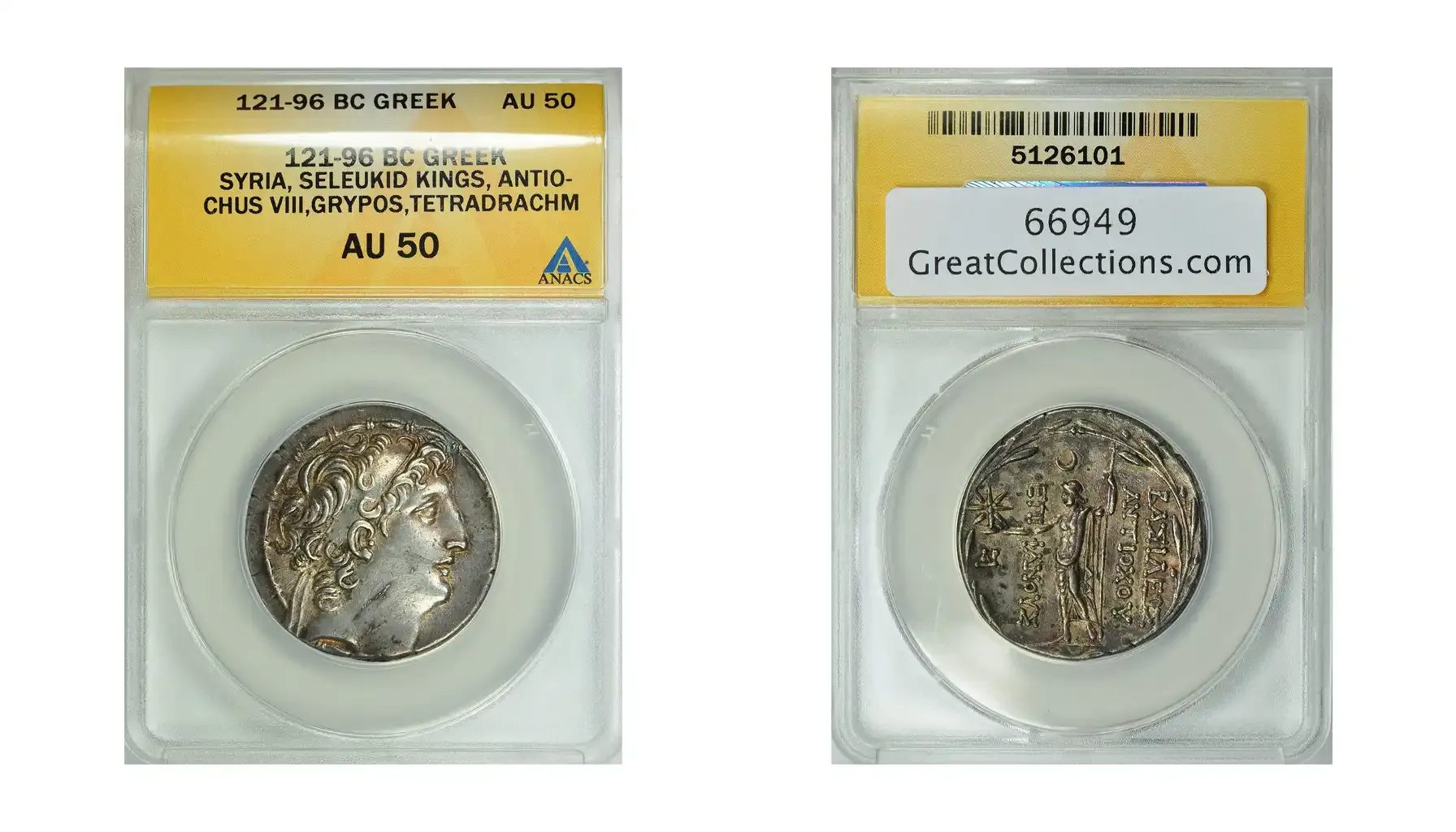
Ancient Greek Macedonia Amphipolis Tetradrachm
Estimated Value: $81
This tetradrachm represents the rich coinage of ancient Macedonia, minted between 158 and 149 BC in the city of Amphipolis. The obverse features a profile of the Macedonian king, portrayed with a regal diadem and symbolizing the strength of the monarchy. The reverse typically displays the name of the region, surrounded by the wreath.
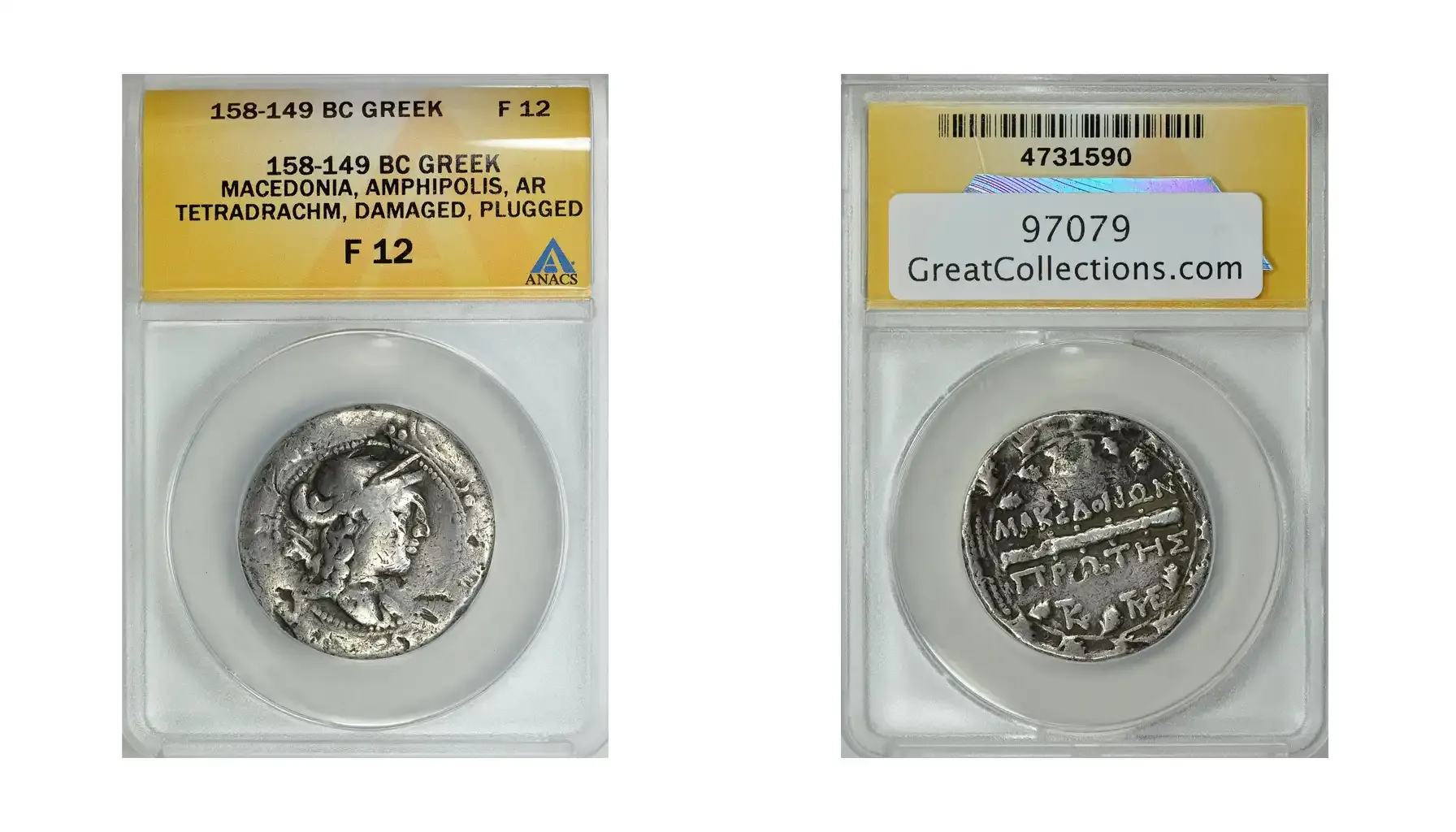
Tetradrachm coins draw the attention of millions of collectors, thanks to their vibrant, rich history and the rarity of each instance. If you wish to delve into the atmosphere of the Classic Era, go ahead and look for these trading materials as they are absolutely worth it.



